I grew up in the 80s during a time where one of the fruit and vegetable markets was in Haymarket. I use to tag along with my mother to the markets on a Saturday to help her carry bags of apples and oranges back home. Here I remember the sellers at the markets sold produce ripened to sweetness, an indication that it was probably picked not too long before. The kind of summer produce many people pine for. We use to catch public transport to the markets and it was still a good 20 minutes walk home from the train station which can seem longer with the sun blazing down our heads in the middle of an Australian summer, “Alright then, carry the lettuce instead,” my mother said giving in to my complaints that my bags were too heavy.

This memory got me thinking about where that produce was from back then and where it will come from in the future.
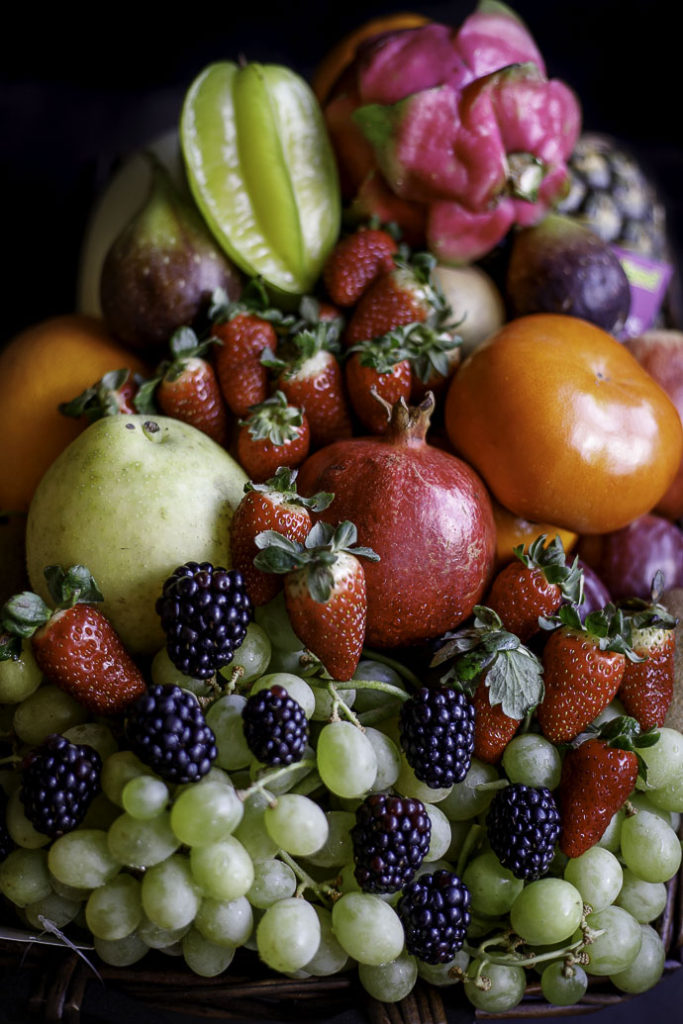
We take for granted the produce we grew up with will always be abundant in supply. Extreme weather patterns attributed to climate change is affecting our supply of fresh produce. Last summer, one of Australia’s hottest summers on record, we would have been hard pressed to find the usual quality vegetables in our salads, especially the leafy ones. “It has been a disaster. We grow beetroots, coloured carrots, zucchini, kale, and pumpkin and they can’t handle the heat, especially when they are young. You don’t want to put too much water too as that steams up the ground. There are now gaps in the system,” Sam Grima of Grima Farm Fresh Produce, a farmer in Horsley Park in the Sydney basin told ABC radio one morning in January.
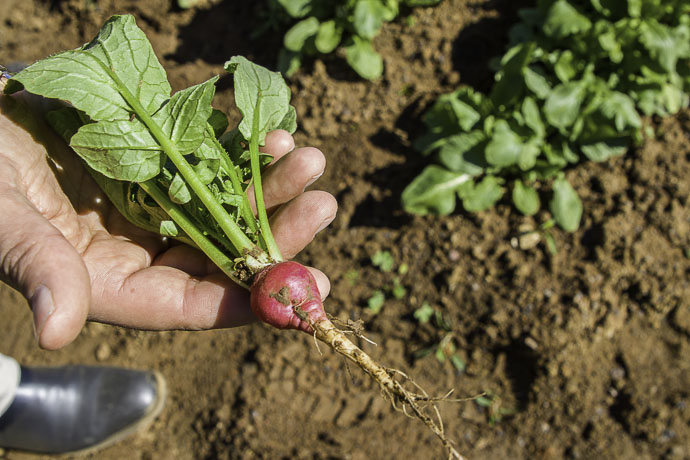
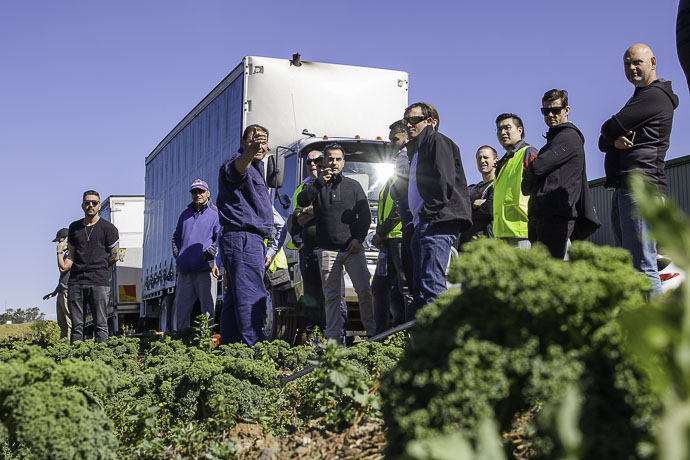
Sam also supplies Mouhamad Dib of MD’s Provodores, a providore at Sydney Markets who in turn supplies fresh produce to restaurateurs. The gaps in the system were felt by Mouhamad’s business, “Last summer was very stressful for us … the worse we have seen. With the constant heat wave in January and flooding in North Queensland, we experienced major shortages and extremely high prices. Morale was down at Sydney Markets. Many growers have talked about selling up.”
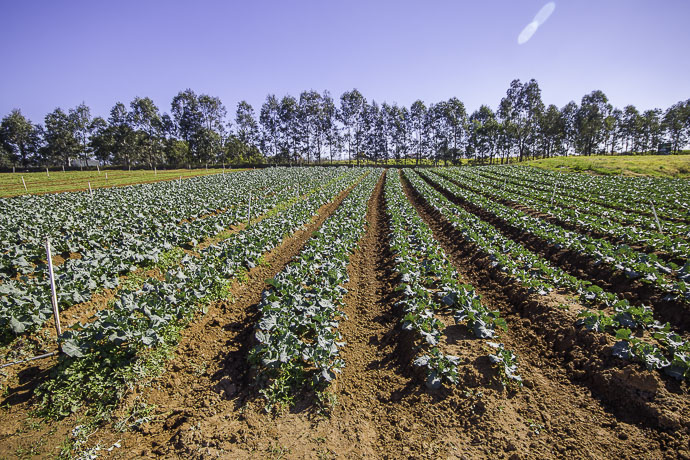
“But there was a disconnect between the growers and the chefs. We were usually supplying 200 orders a day of baby vegetables for example, and gradually, none were available over the summer but chefs were still demanding them, until the issue was on mainstream media.“ Mouhamad said, reflecting on the summer that’s just past.
Whilst some chefs were coming to terms with the lack of supply and higher prices of their usual fresh produce orders, others were getting creative with what they had such as using all parts of the fruit or vegetable, according to Aaron Beesley, sales manager at MD’s Provodores like using banana or orange peel to make ice cream.
Could this be a taste what we will experience in summers ahead? What do you do when we can’t control the extreme weather patterns causing drought and floods? Sourcing produce from farmlands in cooler climate within Australia (like Tasmania) or importing fresh produce from overseas could be one solution. Unfortunately with that comes more food miles, increased chance of produce being less ripe, more fuel consumption and a bigger carbon footprint before the produce hits my plate.
Innovative technology in agriculture needs to have a larger and important role to play in fresh food production in Australia. We need to learn from the experience in other countries that have done it well and embrace new technologies to make better usage of existing farmland areas given the challenges in our climate.
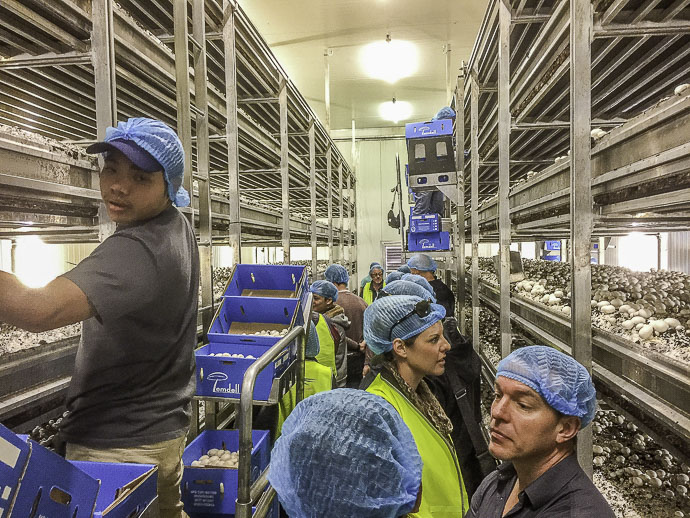
The Netherlands is a country to marvel. A small, densely populated country where from the air, you can see a patchwork of intensely cultivated fields of climate controlled farms, enabling it to be the world’s second-largest food exporter. Investment in leading-edge technology is a big factor in the Dutch success in the agri-food business even though Australia has 249 times more productive land than The Netherlands. Collaboration between universities and entrepreneurs to create innovative, research based, solution focussed centres has been centric to the way the Dutch work to solve issues with their success centred at Wageningen University & Research, regarded as the world’s top agricultural research institution.
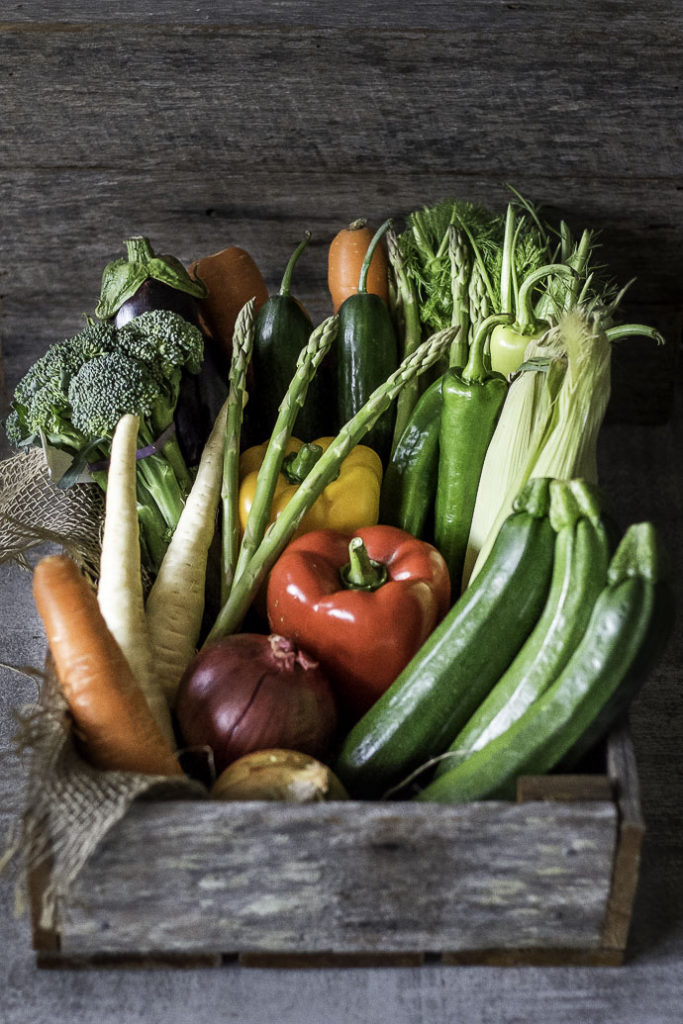
Israel also has one of the world’s fastest growing agtech industries. Faced with unfriendly neighbours and an arid climate, Israel has had to innovate to survive. Israel has more start-ups per capital than any other nation and is a leader of biotechnology. They have perfected citrus cultivation in desert conditions, extended the shelf life of regular cherry tomatoes and revolutionised irrigation with drip technology. What makes Israel a success is the concept of ‘chutzpah’ which means the attitude and audacity to give something a go and, like the Dutch, businesses, universities and government collaborate.
Mouhamad showed me a photo and said, “See these tomatoes, they were grown in a greenhouse, but they all melted in the heat over summer. The greenhouses were made of plastic.” To conserve water and protect crops from harsh downpours, India has successfully used greenhouses made of breathable, aluminium-coated cloth netting that reflects some of the sunlight to avoid the trapping of heat, which were developed in a full circle collaboration of start-ups, universities, and banks.
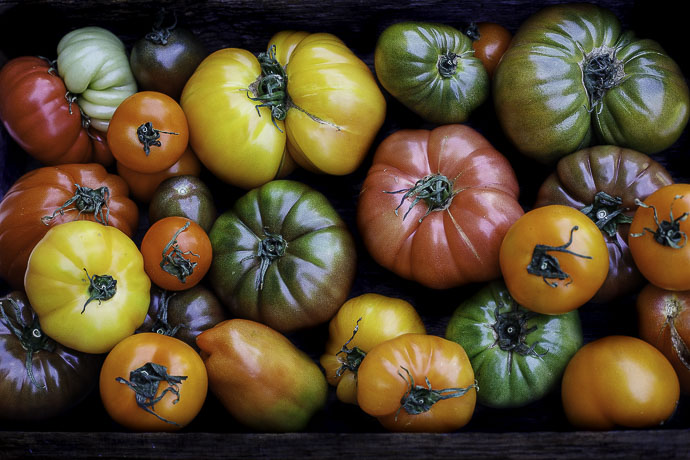
Food wastage is another challenge to tackle. Australians are wasting food at a rate of $8.9 billion annually, with Gen Y being the biggest wasters in Australia, according to a recent study by Rabobank. This is probably not surprising as the National Farmers Federation found in November 2018 that 18-29 year olds were disconnected to farming and astoundingly, do not care where their food comes from. When I met Massimo Bottura, an Italian chef and restaurateur of Osteria Francescana based in Modena, Italy, in Sydney a few weeks ago he told me, globally the biggest food wastage occurs in the family home and that both France and Italy have passed laws to stop food wastage. Bottura also mentioned he was involved in an educational institution in Italy whereby farmers and chefs both study together. This initiative would help avoid the disconnect between growers and some chefs we saw over the summer.
Why don’t we see more soup kitchens in Australia using ugly vegetables instead of ending up in the bin? Looks like we may not have to wait long as Massimo plans to join forces with OzHarvest to set up in Australia a refettorio, a restaurant where renowned chefs use rescued food to create meals for vulnerable locals.
I think native Australian produce is likely to have a greater role to play too. Since 1700s, we relied on the traditional forms of fresh produce introduced by the early European settlers who grew produce on Australian soil in the Australian climate using European farming practices. We eat what’s ‘in season’ based on the four seasons, but this is now being challenged. Instead, we may be better off using native produce that’s in season and more drought tolerant in accordance with the Indigenous six seasons (‘Noongar’ six seasons), with no start or end date to each season, the passing of each one is something that is felt. We may see produce like ‘warrigal greens’ and other native ingredients having a greater role to play on our dinner plates.

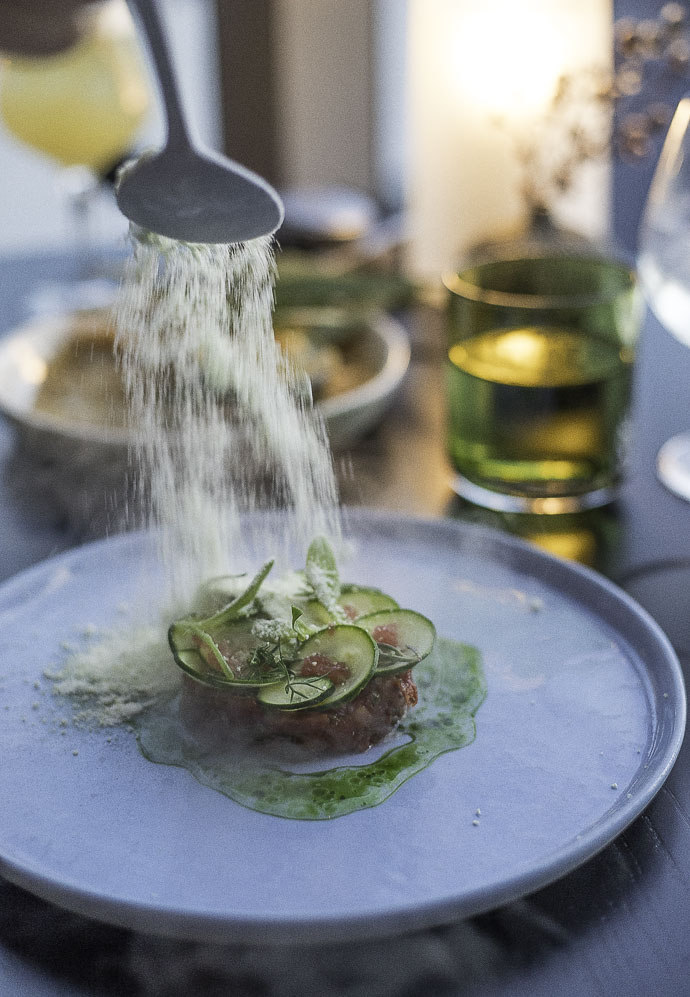
Change in consumer habits are driving how fresh produce is being delivered. Consumers are wanting fresh, healthy, premium but faster food. The increase in consumer demand for fresh and fast and labour shortages has called for people like Mouhamad of MD’s Provodores to rethink how he supplies fresh produce. Mouhamad’s latest business venture, Slice and Dice, is an extended arm of MD’s Provodores, which is a business that ‘slices and dices’ fresh whole produce so it’s ready to eat.
“The future of fresh produce is partly driven by chefs wanting a change in lifestyle. They don’t want to do the long hours anymore. Many are seeking a sea change, going up the coast so there is a chef shortage in big cities like Sydney. Labour costs are high. The future is that freshly cut vegetables are on the rise to save labour and kitchen preparation time for restaurants.” Dan Blockley, a former chef and Operations Manager at Slice and Dice arm of MD’s Provodores from Sydney Markets tells me.
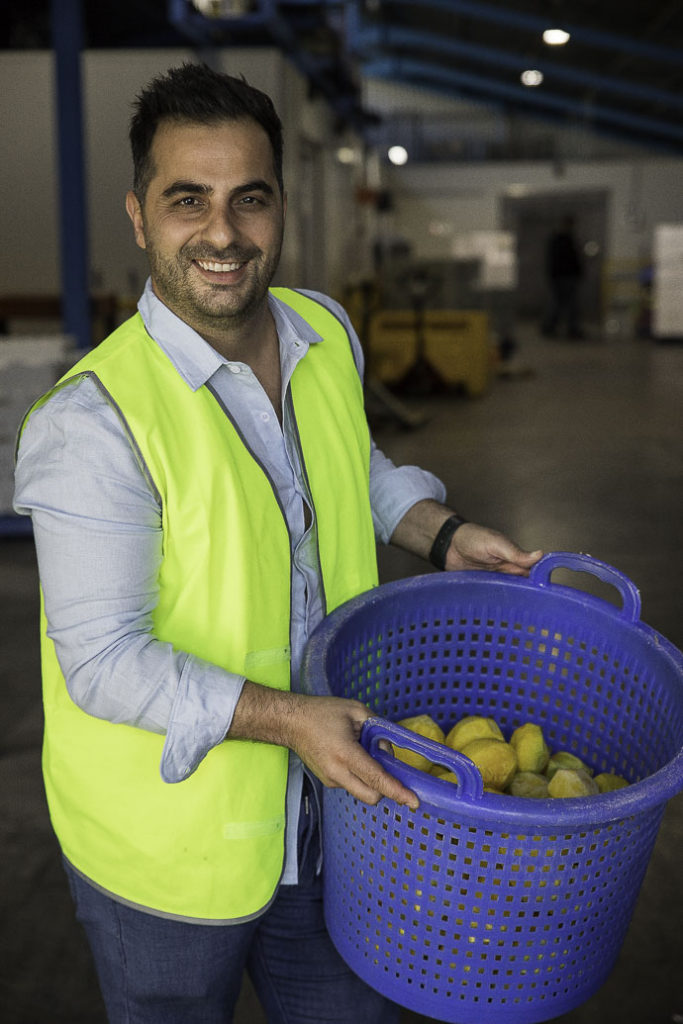
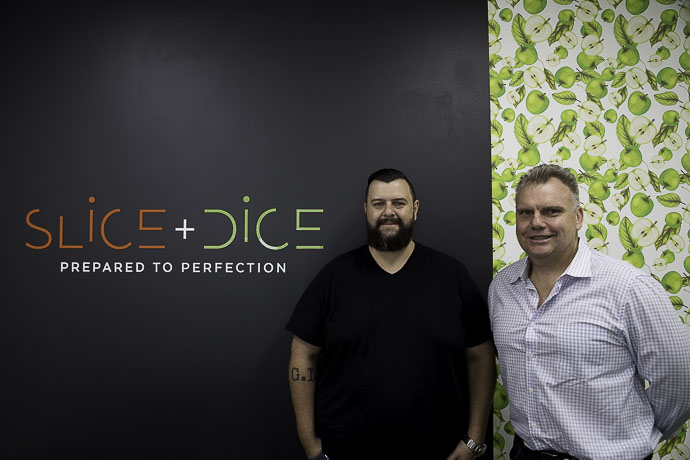

On food wastage, “A lot of our produce goes to feedstock for the farms.” Mouhamad told me.
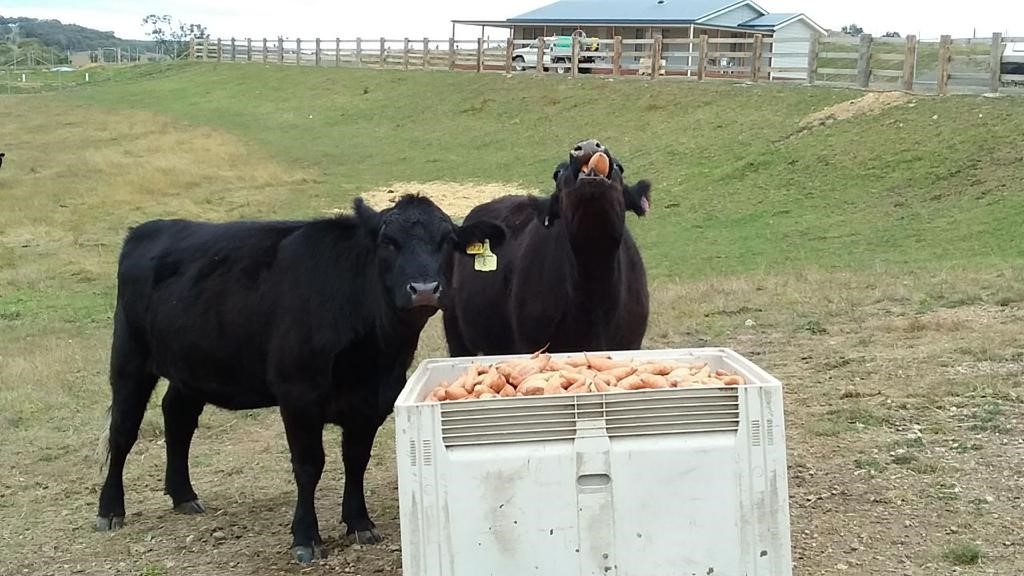
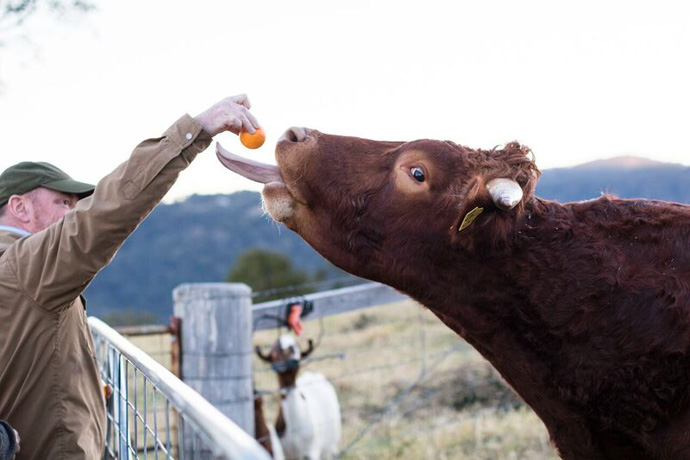
The way we’re heading with the climate affecting supply and the rate of food wastage in Australia, the outlook for fresh produce is looking unsustainable. Rather than having to face a future of importing more and more fresh produce as our production comes under pressure, we could investigate and import knowledge and technology from other countries like The Netherlands and Israel, where government, science, and businesses cooperate, turning knowledge into smart applications to improve sustainability and the quality of life.
With the word ‘fresh’ attached to ‘fresh food’ increasingly becoming premium with climate change and Australia’s drought, I would have said, with the benefit of hindsight, to my mother walking home from the fruit and vegetable markets in the 80s, “Give me the bags of apples and oranges … I’ll help you carry them too”.
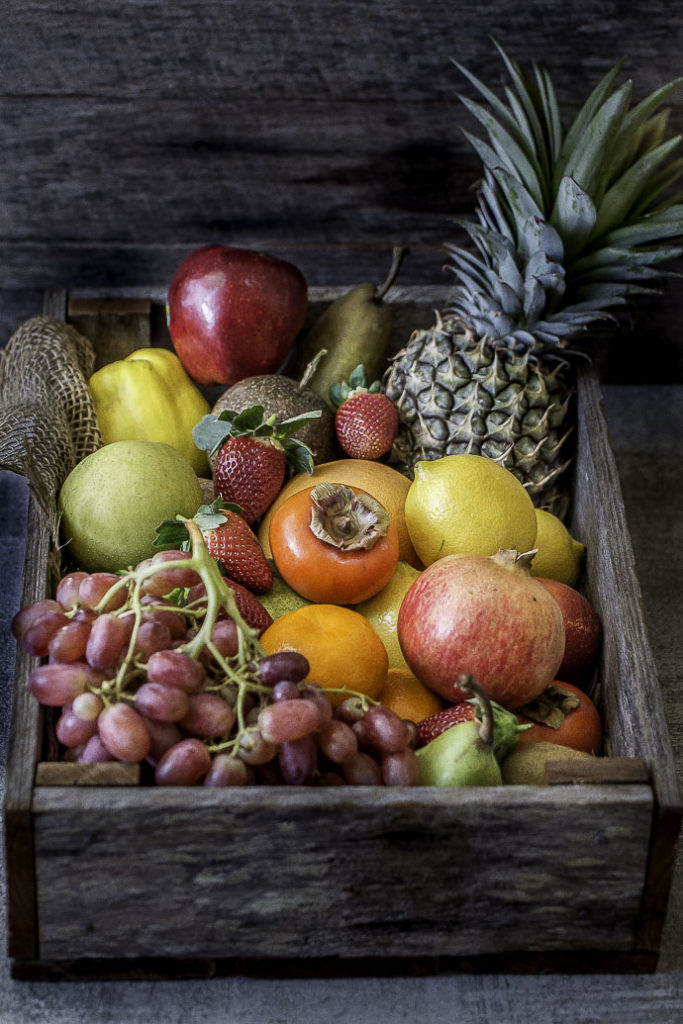
*******************
This story was submitted for the Sydney Markets Fresh Awards 2019 inspired by the suggested story idea from the Sydney Market’s Fresh Awards website: Investigate Sydney’s evolution of fresh produce, the trends, the hits and the misses, what are the future fresh produce trends and where will the new produce come from







